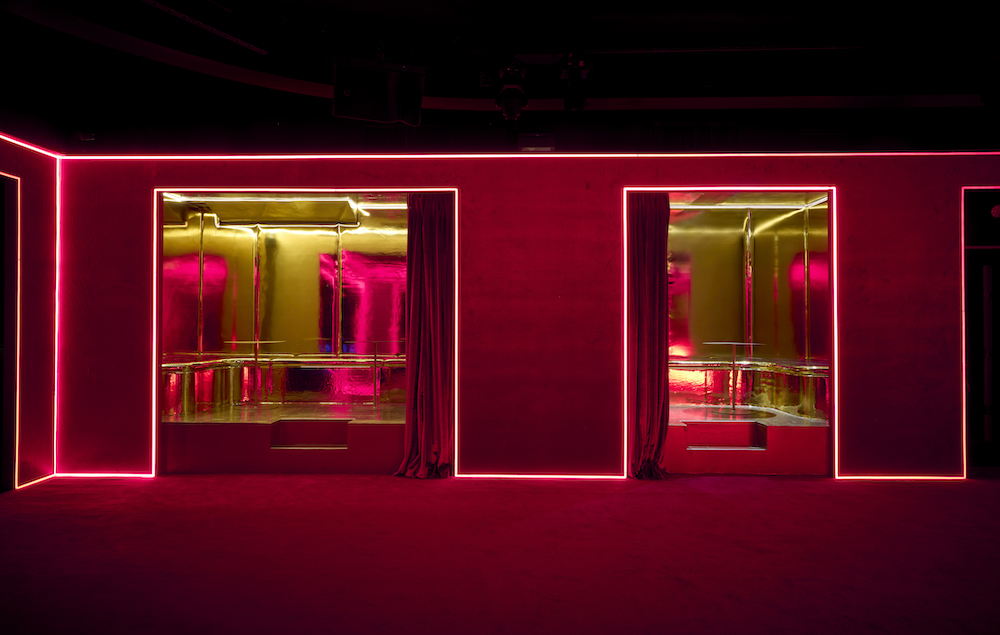Last summer, the Asia Society appointed former Director of the Singapore Art Museum Boon Hui Tan the Vice President for Global Arts and Cultural Programs and Director of Asia Society Museum. We spoke with the director about the evolving Asian contemporary art market and the organization’s 60th anniversary this year.
WHITEWALL: Having been appointed as Vice President for Global Arts and Cultural Programs and Director of Asia Society Museum, how do you hope to advance the role of art in building an understanding of Asia?
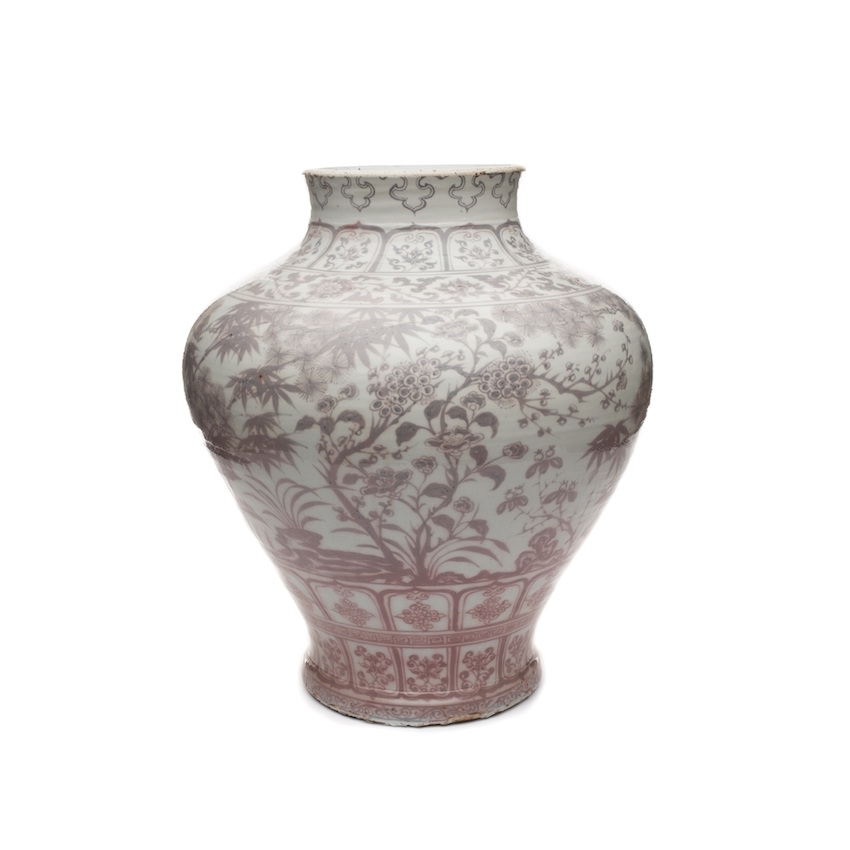
Jar
BOON HUI TAN: We are living in increasingly uncertain times, where values, ideals and hopes are constantly being questioned. The arts in our times have become even more important as a way to help us see and interpret other cultures and other lives. We must learn to accept difference while seeing how we are also similar. Performing arts, visual arts, film and literature are ways in which we learn to see with empathy people, ideas and things that are unfamiliar and maybe even unnatural to us. I believe that the arts in Asia Society should embrace this goal. We should try to see the local realities of Asian lives today at a more granular level and not imagine that Asia is one monolithic block. New York is very different from Houston and Miami and Los Angeles, so why should we expect people in Tokyo, Kuala Lumpur or Mumbai to be similar. This realization is one of the most important things that the arts should communicate.
WW: Asia Society is celebrating its 60th anniversary this spring. What would you say have been some of the highlights and accomplishments of Asia Society over this time period?
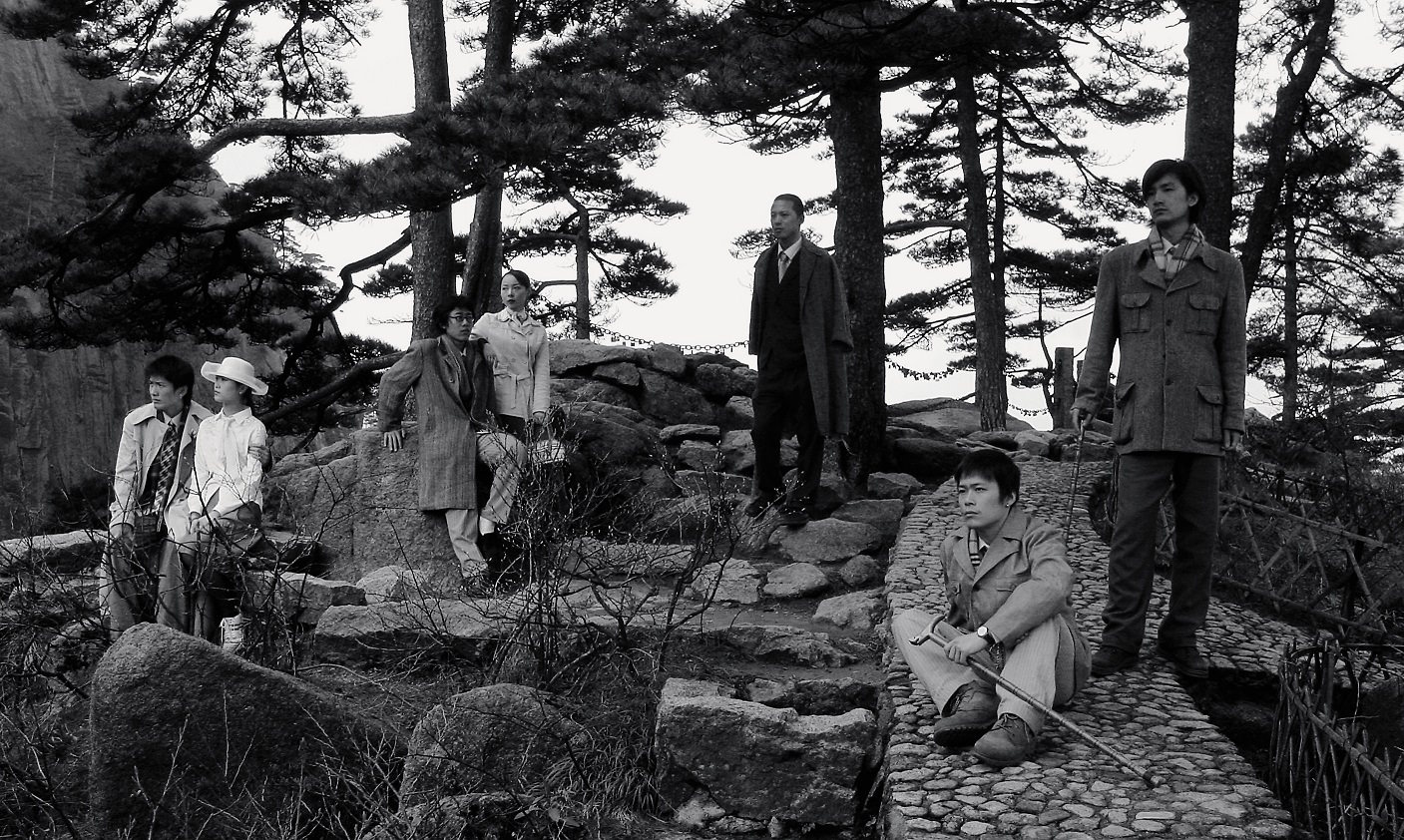
China, Jiangxi Province
Ming period, late 14th century
BHT: Asia Society has been pioneering in terms of introducing Asian contemporary art to the West. Coming from Asia, I am keenly aware of landmark exhibitions such as Contemporary Art in Asia: Traditions, Tensions in 1996 and Inside Out: New Chinese Art in 1998 were projects that brought awareness of contemporary art creation from Asia to a new heightened level to the American public. These exhibitions help drive home the point that Asian art was also about the present and the future and was not trapped in a historical past of traditional forms.
WW: What have been the biggest challenges, and what would you say are some challenges moving forward?
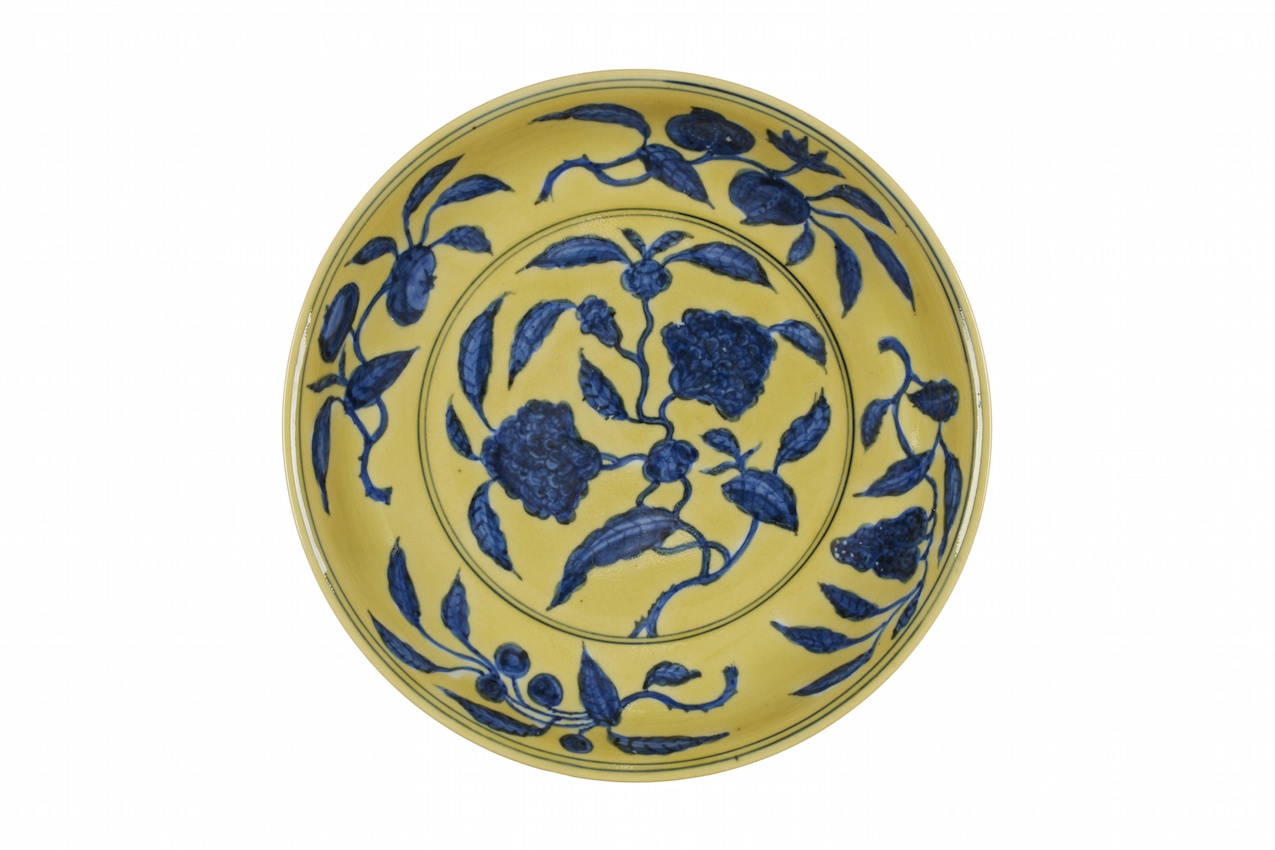
Porcelain with underglaze copper red (Jingdezhen ware)
BHT: Edward Said’s concerns about Orientalism and the ways in which we talk about other cultures and lives remains relevant in our globalized societies today. We need to accept different cultures on their own terms and not try to remake them in our own belief systems.
WW: In honor of Asia Society’s anniversary, the exhibition “In and Out of Context” opened in March at the Asia Society Museum (on view through January 8, 2017). What are you most looking forward to in the programming?
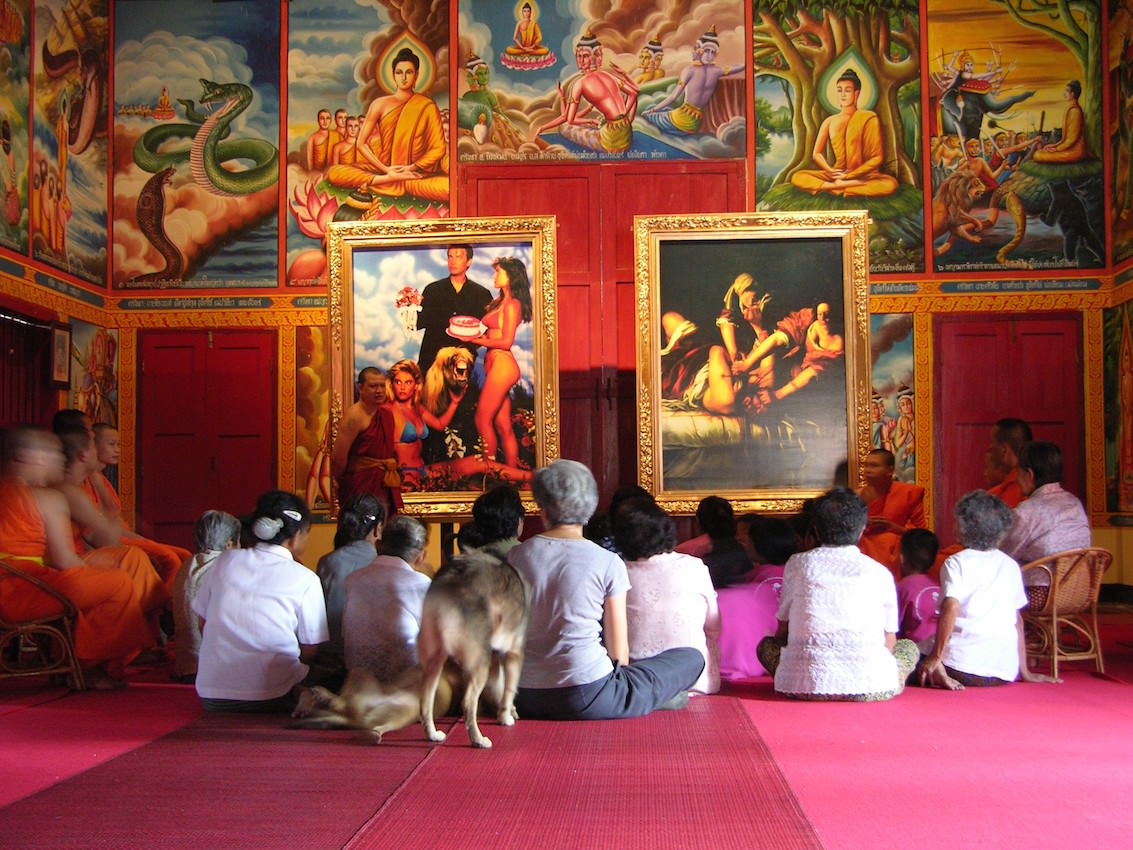
H. 20 x Diam. 16 3/4 inches
BHT:This exhibition really gives us an opportunity to experiment with different ways of looking and understanding art objects. The selection and presentation, juxtaposing historical and contemporary art suggests that the meaning of objects really is shaped by the contexts in which they are presented to us. We have tried to have fun with this exhibition, from the display technique, to the wall colors and the curatorial texts. The year long programming will focus on conversations and discussions around the meaning and impact of exhibitions and performing arts programming.
WW: What are some artists or works we should keep an eye out for? What is special about them for you?
BHT: Instead of singling out specific artists, I would recommend looking beyond the market favourites to the incredibly diverse art scenes of emerging Asia. There is a wave of creative development happening all over the region that cannot be reduced to what is in the auctions and art fairs.
WW: What developments would you like to see in Asia’s growing art scene?
BHT: I would like to see the development of more public institutions for the presentation and research into art from Asia in Asia. The market and private sector have mostly filled this role but one really needs systematic and long-term investment in neutral public institutions such as museums and performing arts centers to allow the long term sustained growth in the arts.







